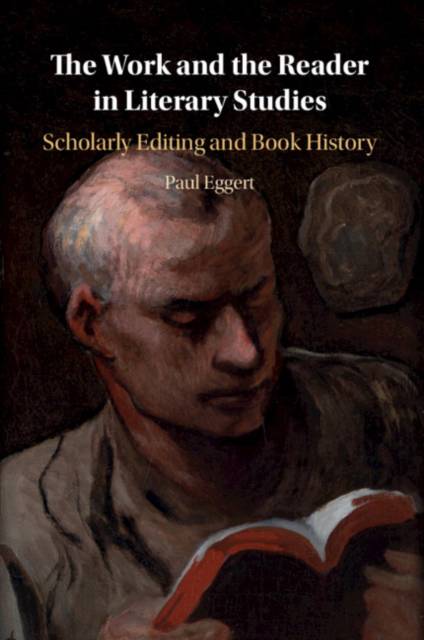
- Afhalen na 1 uur in een winkel met voorraad
- Gratis thuislevering in België vanaf € 30
- Ruim aanbod met 7 miljoen producten
- Afhalen na 1 uur in een winkel met voorraad
- Gratis thuislevering in België vanaf € 30
- Ruim aanbod met 7 miljoen producten
Zoeken
The Work and The Reader in Literary Studies
Scholarly Editing and Book History
Paul Eggert
Paperback | Engels
€ 64,95
+ 129 punten
Uitvoering
Omschrijving
By the late 1980s the concept of the work had slipped out of sight, consigned to its last refuge in the library catalogue as concepts of discourse and text took its place. Scholarly editors, who depended on it, found no grounding in literary theory for their practice. But fundamental ideas do not go away, and the work is proving to be one of them. New interest in the activity of the reader in the work has broadened the concept, extending it historically and sweeping away its once-supposed aesthetic objecthood. Concurrently, the advent of digital scholarly editions is recasting the editorial endeavour. The Work and The Reader in Literary Studies tests its argument against a range of book-historically inflected case-studies from Hamlet editions to Romantic poetry archives to the writing practices of Joseph Conrad and D. H. Lawrence. It newly justifies the practice of close reading in the digital age.
Specificaties
Betrokkenen
- Auteur(s):
- Uitgeverij:
Inhoud
- Aantal bladzijden:
- 254
- Taal:
- Engels
Eigenschappen
- Productcode (EAN):
- 9781108724494
- Verschijningsdatum:
- 1/07/2021
- Uitvoering:
- Paperback
- Formaat:
- Trade paperback (VS)
- Afmetingen:
- 152 mm x 229 mm
- Gewicht:
- 344 g

Alleen bij Standaard Boekhandel
+ 129 punten op je klantenkaart van Standaard Boekhandel
Beoordelingen
We publiceren alleen reviews die voldoen aan de voorwaarden voor reviews. Bekijk onze voorwaarden voor reviews.








